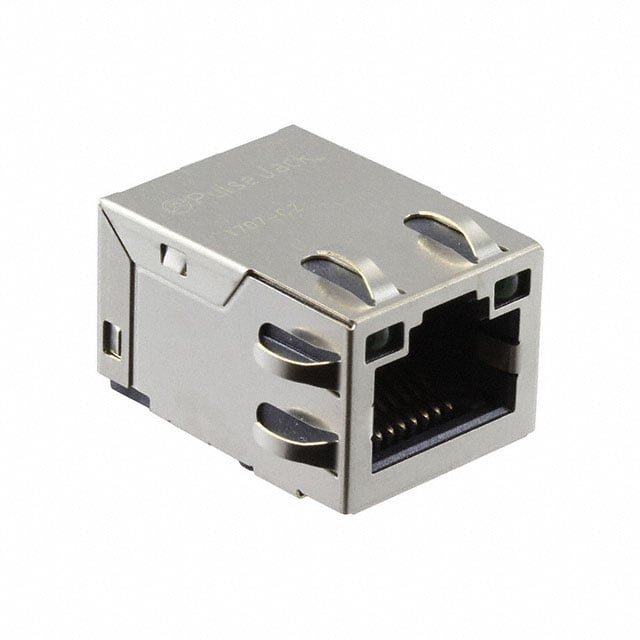PULSEJACK™ JXD6 Series, Modular Connector Jacks
Results:
2
Manufacturer
Series
Contact Material
Operating Temperature
Number of Rows
Applications
LED Color
Contact Finish
Termination
Shielding
Height Above Board
Mounting Type
Orientation
Tab Direction
Number of Cores per Jack
Number of Ports
Connector Type
Features
Results remaining:2
Applied Filters:
PULSEJACK™ JXD6
Modular Connector Jacks
Modular connectors are a standardized series of interconnect products that are widely utilized in wired information and telecommunications networks. Within this family, the connectors are classified as receptacles or jacks, which do not include any magnetic components such as transformers that are necessary for applications like Ethernet communications. However, it is important to note that there are also plugs and receptacles/jacks available that do incorporate commonly needed magnetic components, and these are catalogued separately.
The absence of magnetic components in the modular connectors allows for greater versatility in their usage. They can be employed in various applications that do not require the specific functionality provided by magnetic components. These connectors provide a reliable and standardized means of interconnecting devices and systems within information and telecommunications networks.
It is worth mentioning that the modular connectors without integrated magnetic components are typically used for low-speed applications, such as voice networks, where the inclusion of magnetic components is unnecessary. On the other hand, connectors that do incorporate magnetic components are specifically designed for high-speed applications, such as Ethernet communications, where the presence of transformers is crucial for proper signal transmission.
By separating the cataloguing of modular connectors based on the presence or absence of magnetic components, users can easily identify and select the appropriate connector for their specific application requirements. This ensures optimal performance and compatibility within the wired information and telecommunications networks.

